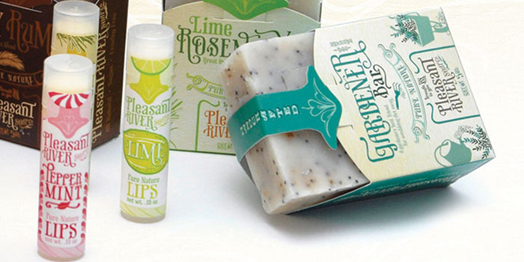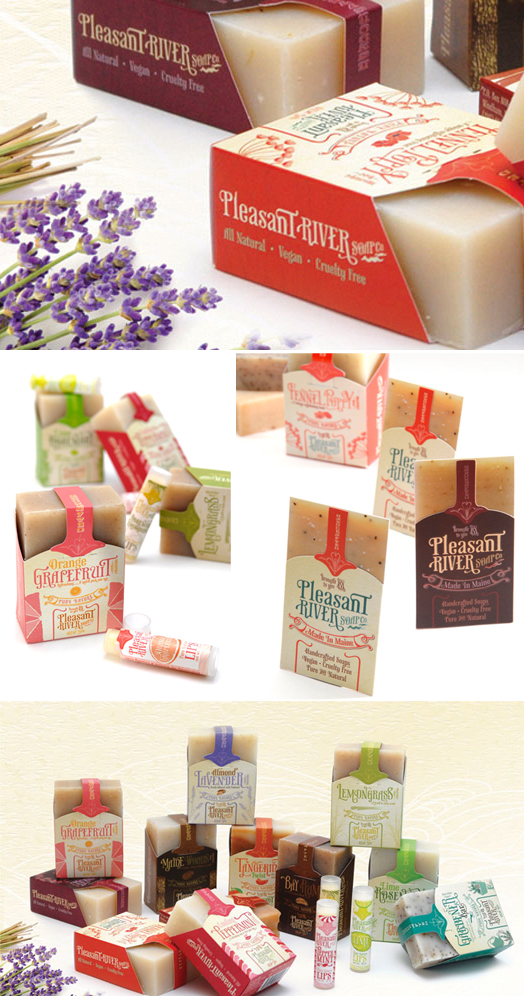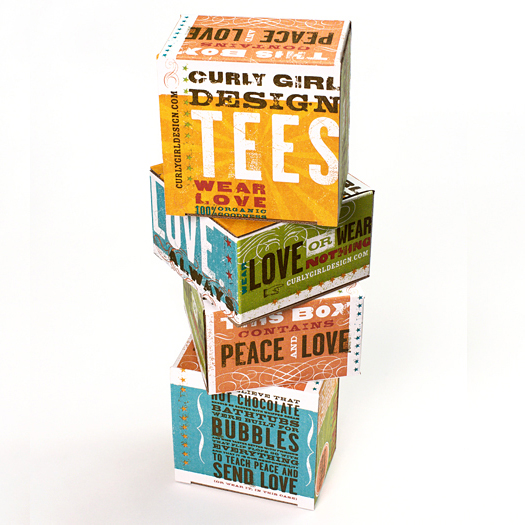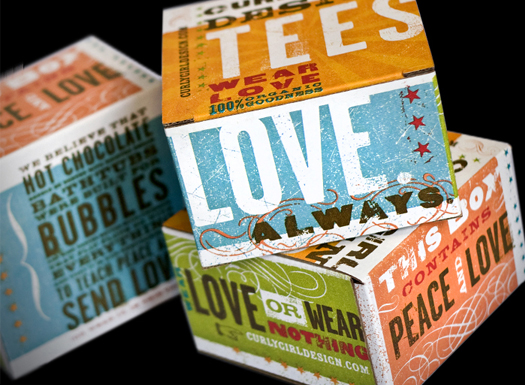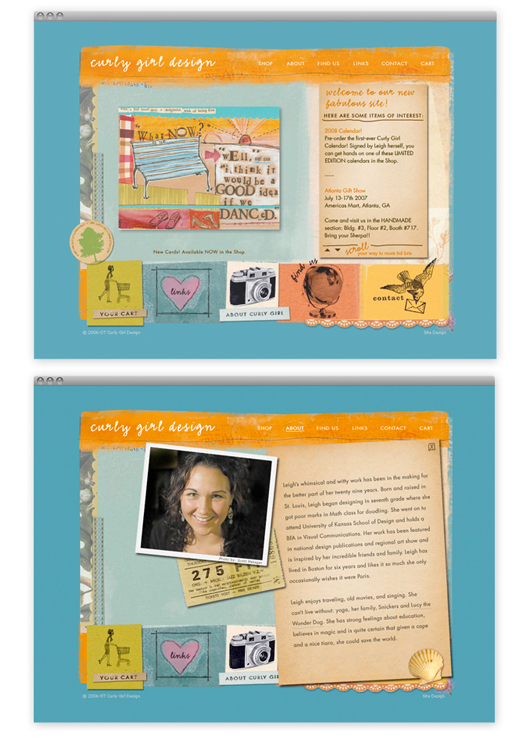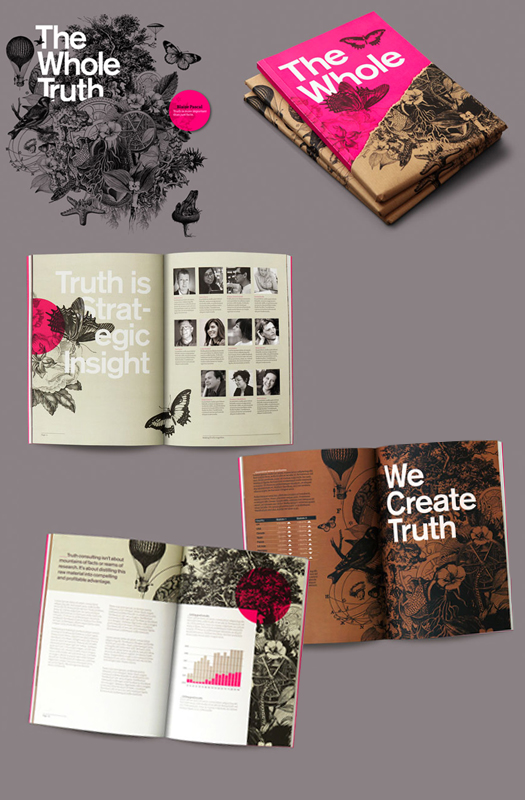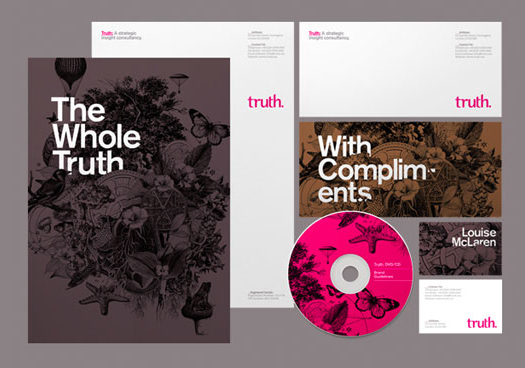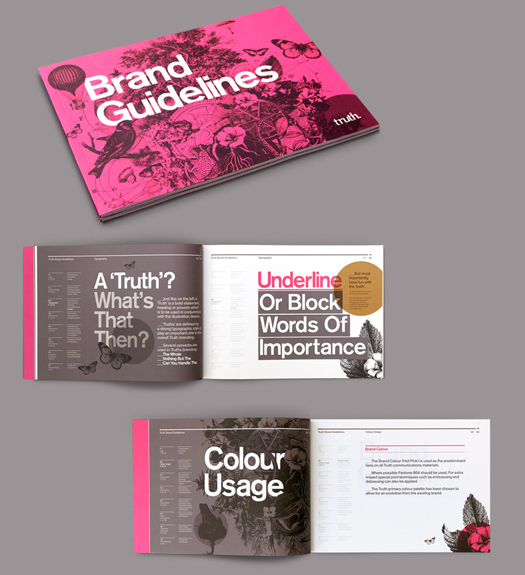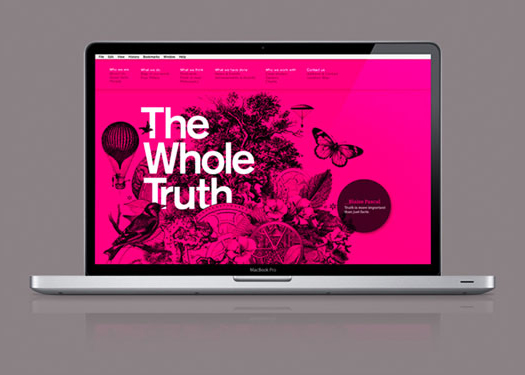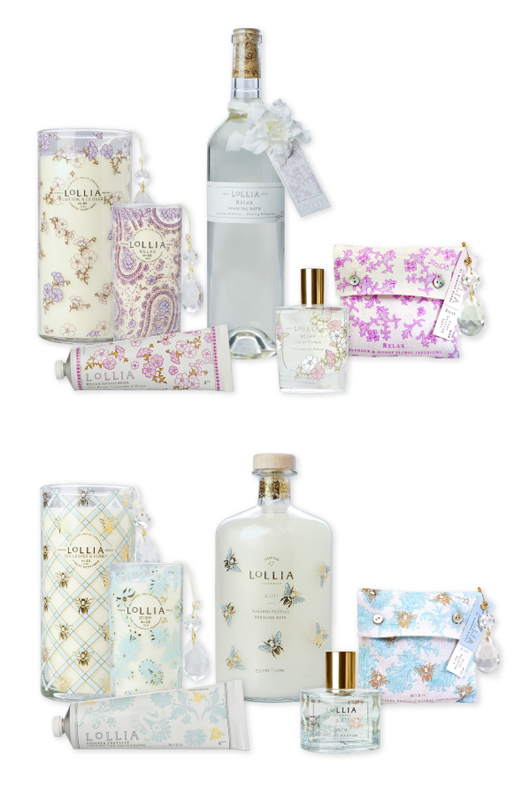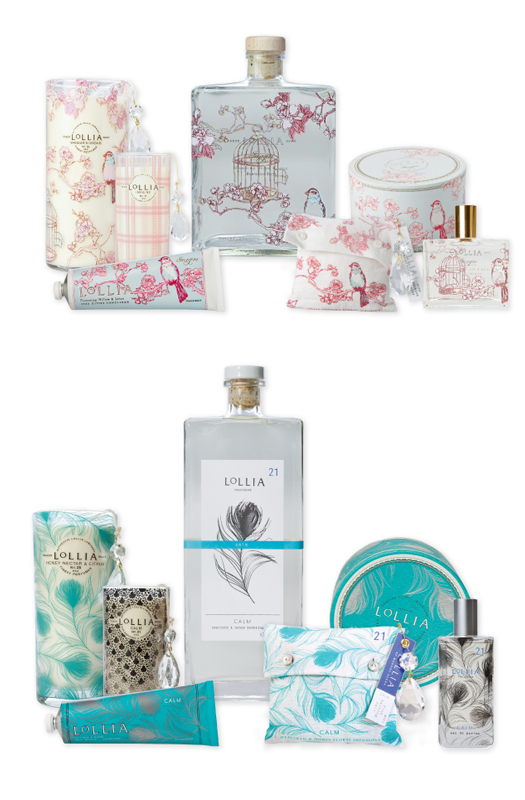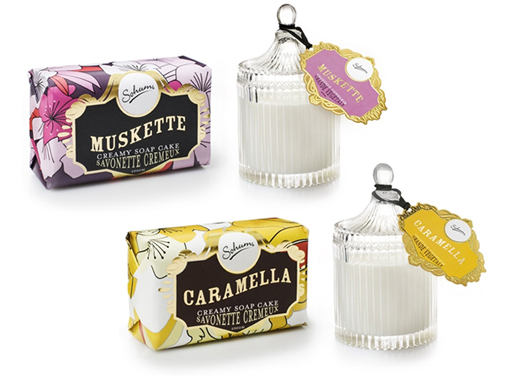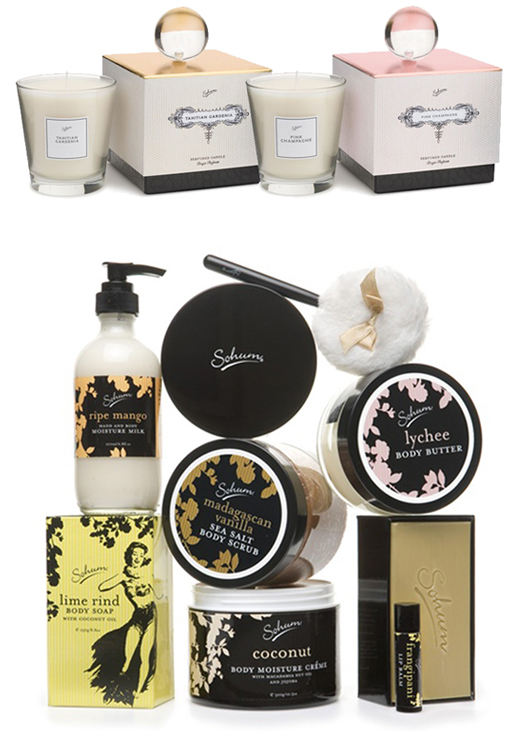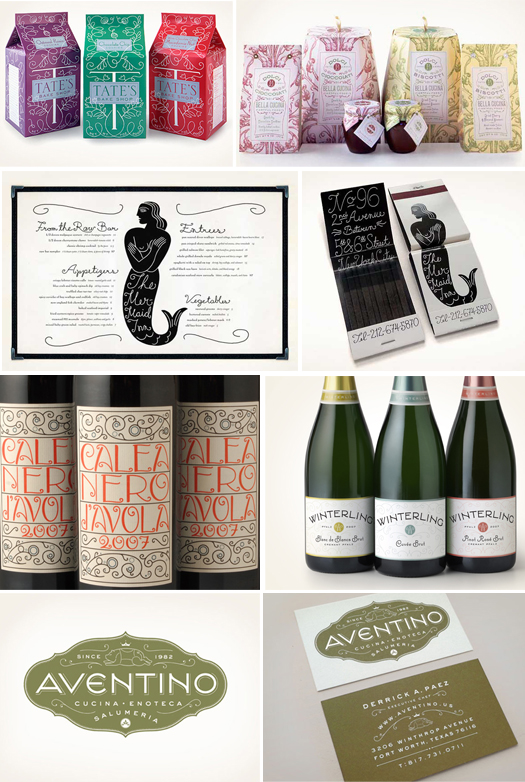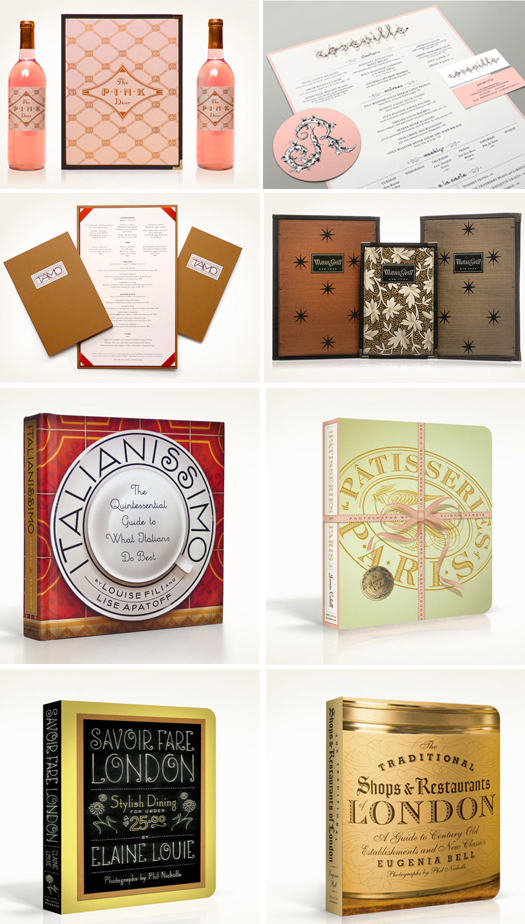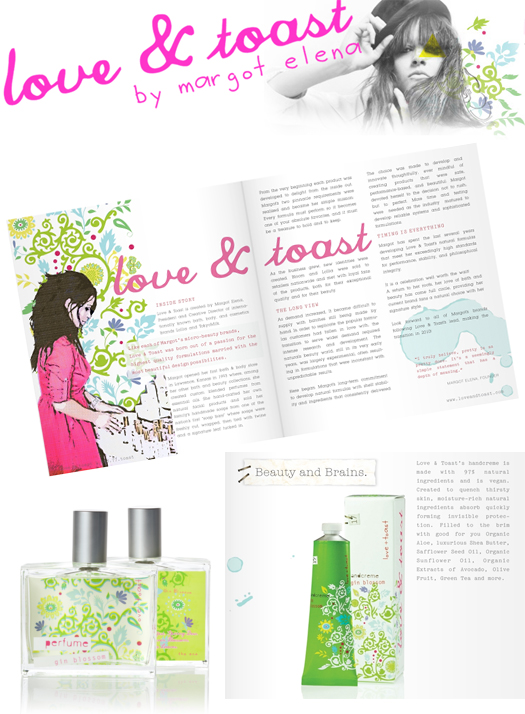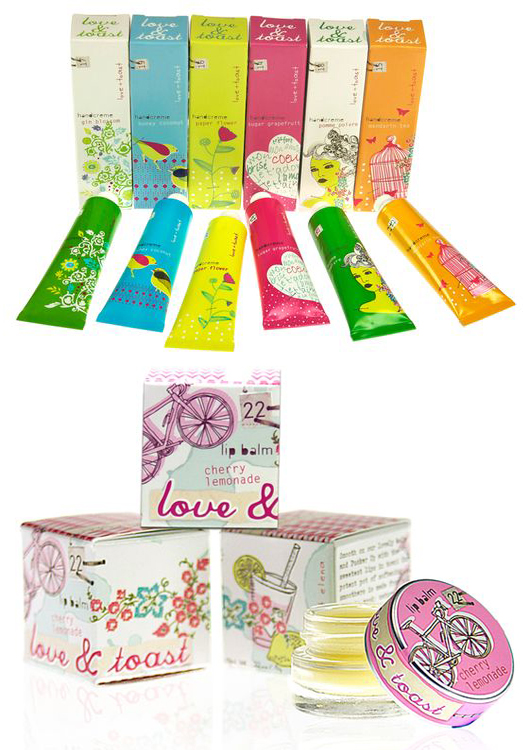Hundreds of websites run contests for everything from logos to brochures designs. All you have to do is write a description of what you want, post an amount you are willing to pay for it. An online company will then act as a go between you and designers. Designers from around the world submit their entries in the hope that their work will be chosen and they will win the money. If you select one of the designs as a winner, that specific designer, and only that designer, gets paid for their work. If no design is selected, no one gets compensated. This practice is now called 'crowdsourcing'.
WHAT IS CROWDSOURCING IN RELATION TO LOGO DESIGN & BRANDING? At first, it’s easy to understand how crowdsourcing might have an appeal. It doesn’t cost much and it tends to have quick results. This is what people tend to see and why it has grown in popularity. There are some things that a business cannot crowdsource to create its brand: like its name, culture, or point of view. There is value in hiring a talented design firm that is well versed to create a brand for your company. At face value, crowdsourcing might have that immediate appeal but in the end the costs are damaging to your company’s success. Why would you trust your new identity to DIY designers who don’t understand your brand, business strategy or core values? The reason companies spend so much time and effort to create a unique brand is because it’s essential to the longevity of their business.” To build a bond with the consumer, you really need to have insight into who they are and what compels them. Don't waste a few hundred dollars and get something that won't work. Make a good investment on your brand identity.
CROWDSOURCING IS A REALLY BAD IDEA FOR YOUR BUSINESS. It’s not wrong because it’s cheap. It’s wrong because it lacks value and doesn’t help a business with its brand. A logo is not a brand. The brand makes a company mean something to its audience. A logo is a single element that goes into making a brand. It’s part among many things to make up a company’s story. A brand cannot be built from one or two statements that ill-informed designers will use to set off in every direction to create a logo.
THE QUALITY OF CROWDSOURCING TENDS TO BE LOW. The quality of the final designs of crowdsourcing contests is mostly determined by the quality of talent, the contest set up and how it is well it is managed. Crowdsourcing designers tend to have less training in the fundamentals of graphic design, which often times result in logos based on stylized trends and fads with nothing to do with your company’s core values. Most of the people that participate in crowdsource work are students looking to increase their portfolio or DIY hobbyists self-taught on Photoshop without ability and experience.
RESULTS AND MOTIVATION GO TOGETHER. Designers are like other people and are motivated by compensation, respect, and a sense of being part of a team. The relationship between a crowdsourcing client and a crowd source designer is vague and has no underlying motivation. Crowdsourced designers are not vested in the success of your company. Hundreds of people are working for free, from countries all over the world in the hopes that they might get a few hundred dollars from a contest that you posted. Without proper pay, designers don't have a lot of time to spend creating custom work that will connect with your consumer and target market. Instead, what you get is work that has been submitted that is recycled that has been rejected by a 'real' paying client. Is that the level of talent that you want working on your logo and brand? There are many well-documented cases in which work that was submitted violated trademarks, copied logos from well known designers.
GREAT LOGOS ARE WELL RESEARCHED AND BUILT ON STRATEGY. Brand identity has to connect emotionally with your consumer and target market. That doesn’t happen from a just a pretty logo. That comes from really knowing the consumer and the company. It takes lengthy discussions and research to get feel for an industry and company. Who is making sure that your crowdsourced logo will work on a strategic level? Who is making sure the design will compel consumers to choose you instead of the competition? Most likely you will get a logo that won’t have any longevity of a well-designed and thought out logo that has your overall branding in mind from a skilled designer/firm.
 Monday, March 19, 2012 at 08:28PM
Monday, March 19, 2012 at 08:28PM 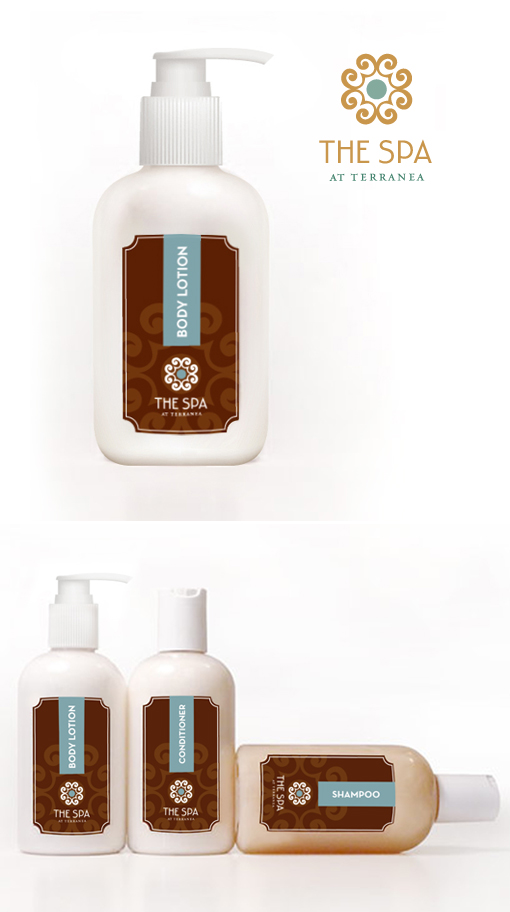
 Branding,
Branding,  Packaging,
Packaging,  Terranea,
Terranea,  The Spa at Terranea,
The Spa at Terranea,  graphic design in
graphic design in  KMG Designs
KMG Designs 

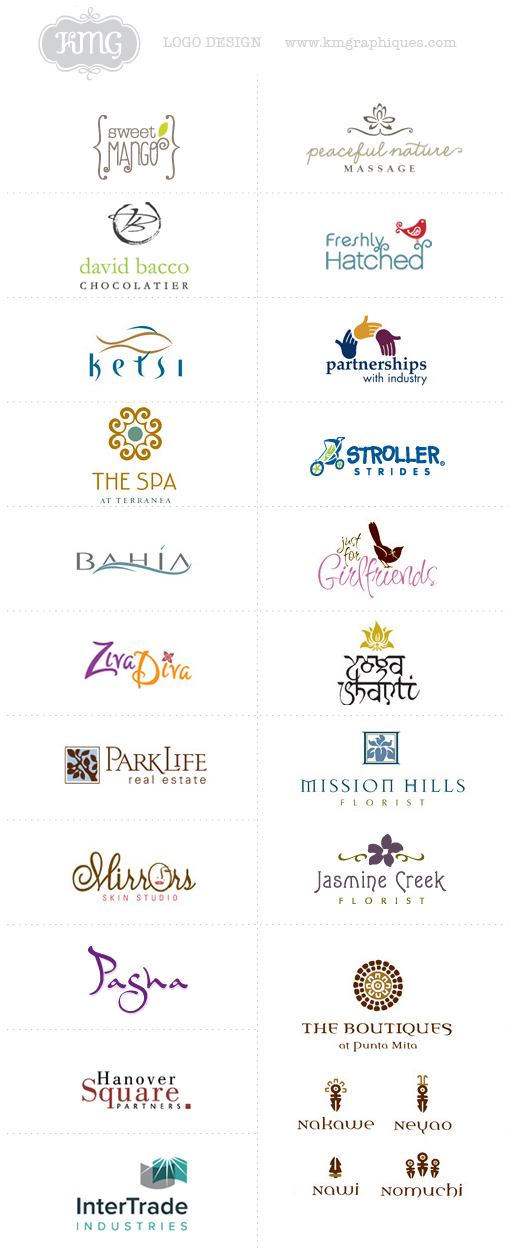
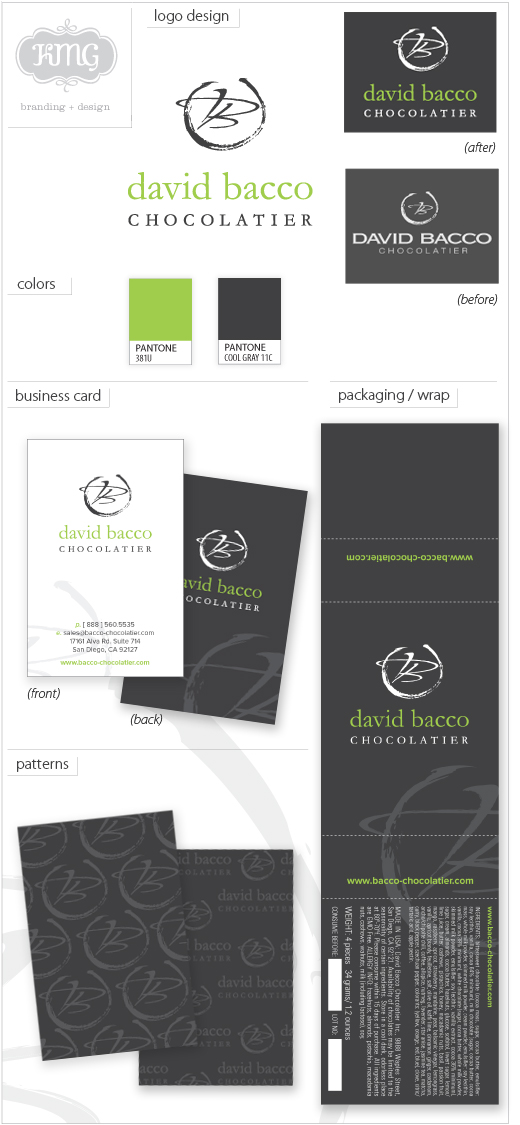
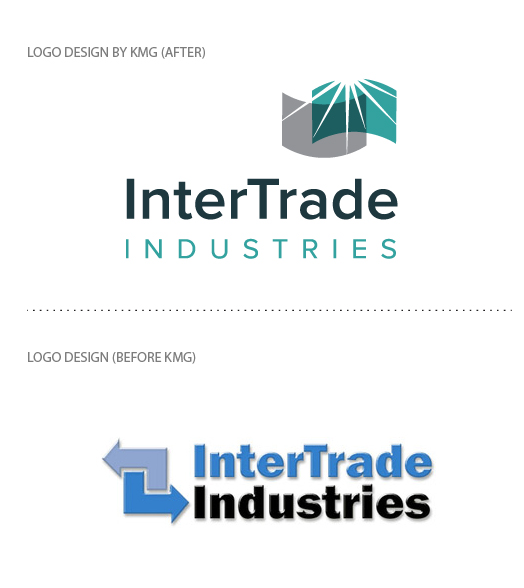 Intertrade Industries, a thermoforming plastics company in Huntington Beach, California contacted KMG to design a new logo to update and re-brand their existing image. They needed a more contemporary feeling that went with their market, with a font treatment that was more technological. Their original logo was ambiguous and didn’t reflect the plastics industry and what they did. Intertrade Industries also needed to update their outdated color scheme. KMG choose a clean contemporary sans serif font and designed an icon that had the feeling of "plastics" but also had "energy" and conveyed the concept of an idea being introduced to go along with Intertrade's tagline of “Imagine. Design. Deliver.” The company wasn’t ready to give up a blue color scheme, so KMG picked two new industrial and more contemporary blues.
Intertrade Industries, a thermoforming plastics company in Huntington Beach, California contacted KMG to design a new logo to update and re-brand their existing image. They needed a more contemporary feeling that went with their market, with a font treatment that was more technological. Their original logo was ambiguous and didn’t reflect the plastics industry and what they did. Intertrade Industries also needed to update their outdated color scheme. KMG choose a clean contemporary sans serif font and designed an icon that had the feeling of "plastics" but also had "energy" and conveyed the concept of an idea being introduced to go along with Intertrade's tagline of “Imagine. Design. Deliver.” The company wasn’t ready to give up a blue color scheme, so KMG picked two new industrial and more contemporary blues.